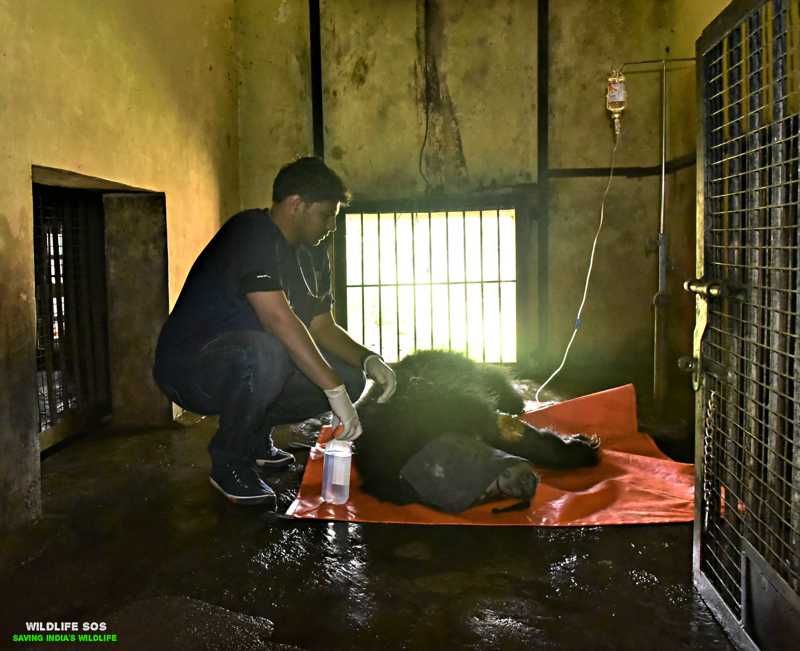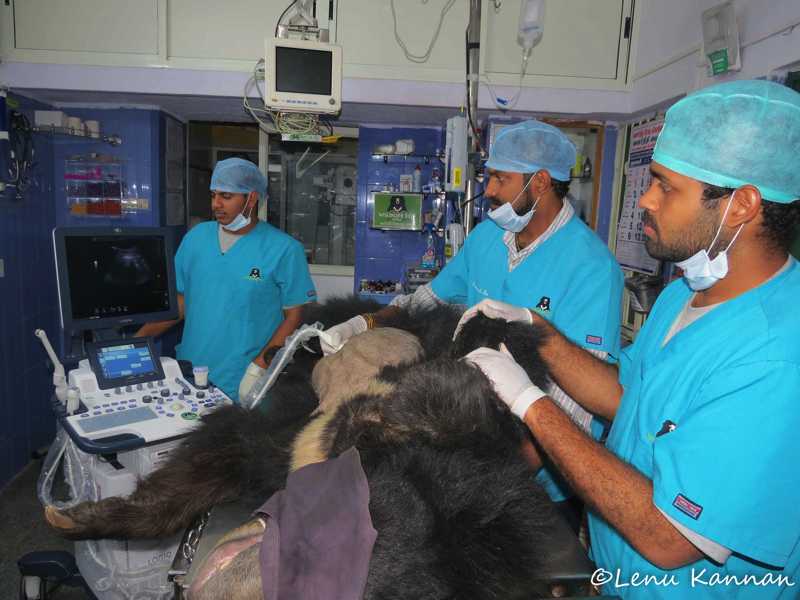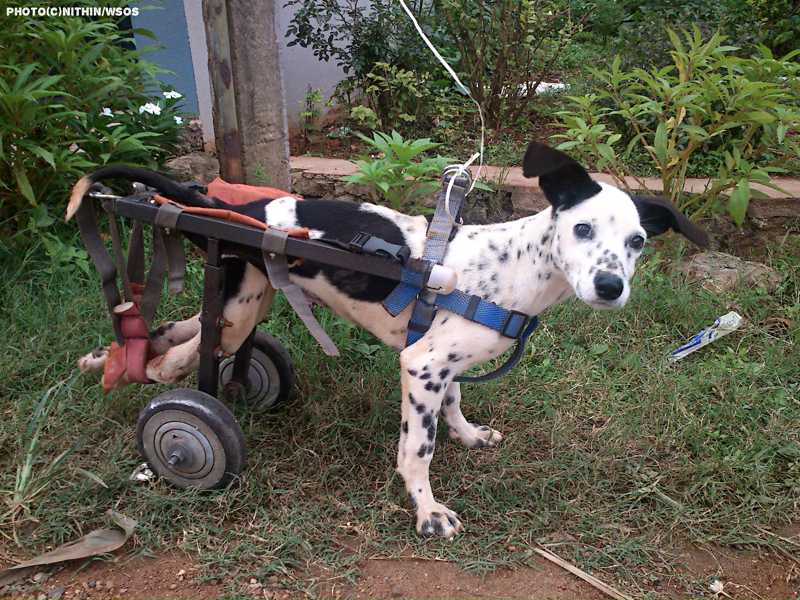Dr. Nithin is one of the younger veterinarians at Wildlife SOS, but his passion for what he does and the evident love he has for the animals he works with, speak volumes to the sort of incredible lifesaving work he is going to do through his career. On Veterinary Appreciation Day, we sat down to talk to Dr. Nithin and understand what motivates him to do what he does, despite the obvious challenges that come with the job.
When did you know you wanted to be a vet?
If I’m being completely honest, I didn’t always want to be a vet – there was a point of time where I thought I’d be a heart surgeon! Then I did a stint volunteering with a veterinarian named Dr. Major Sudheesh Nair, a veterinary surgeon and professor, and everything changed. Even though I still wanted to do surgery, I found myself wanting to be a veterinary surgeon and work with animals.
What made you change your mind?
Street dogs. Not just dogs, but street dogs specifically. I’d see these dogs all over the place, and they’re so trusting and gentle, but so helpless against the terrible things that happen to them in cities. They can’t take care of themselves, and as long as they’re out on the streets, they have no one to take care of them.
So, what did you do next?
I’d been rescuing animals since I was a child, and when I realized being a human surgeon wasn’t the path I was destined for, I applied to study veterinary medicine at the veterinary college in my hometown.
How did you end up working with Wildlife SOS?
During my undergraduate, I did an internship at the Bannerghatta Biological Park, to get a little experience with wild animals – and that’s where I met Dr. Arun Sha for the first time. Dr. Arun is the Director of Research and Veterinary Operations at Wildlife SOS, and he comes in to do surgeries for the animals at the Park. I was so inspired by his work, and the organization, I applied soon after I graduated.

What is a typical day like for you?
A typical day is spent carrying out all the treatments and check-ups lined up for the day for the sloth bears at the Bannerghatta Bear Rescue Center, as well as other managerial duties. BBRC has a lot of geriatric bears, so we need to be extremely careful with them, checking up on how they’re doing frequently, and ensuring they are healthy.
What is your favourite part of your job?
I still love surgery, the intricacy of it, and the most interesting things I get to do are pinning, plating and fracture treatments. I get to experience a range of things, and I learn a lot. I’ve even accompanied our sloth bear Kuber in for an MRI scan – which was quite an experience. There’s also a huge amount of pride and satisfaction in what I get to do, treat animals, and give them a fighting chance at life.
Do you have a favourite out of the animals you work with?
Either Bobby or Arathy. Bobby, because he’s so gentle and friendly, and is happy and comfortable even when I am around. Arathy, because she’s beautiful. Really, she’s just such a stunningly beautiful bear!

What is the hardest part of your job?
The realization that an animal isn’t going to make it. As a vet, you do everything you can to ensure an animal recovers, you invest so much of your heart into it, and then when they don’t survive it is just heartbreaking. We lost a bear two weeks into my arriving at the center, and I cried for days after that. It just isn’t something you get used to.
If you could work with any species of animal which would you work with?
Working here as given me the chance to work with a lot of different species, from elephants to tigers to snakes. But I keep coming back to the bears, I’ve developed a sense of comfort with working with them – once you start to understand them you see how affectionate they really are, and how dependent they are on you when they’re ill, they’re like my babies and I can’t bear to see any of them hurt!

What do you do when you’re not working?
I play guitar – I’ve been learning for about a year now, and I really enjoy it. I also enjoy innovating and inventing things. I designed a wheel cart for a paralysed puppy outside my veterinary college some years ago, and ever since, I’ve spent my spare time coming up with ideas for new designs or modifications to existing designs for things that aid disabled animals.




